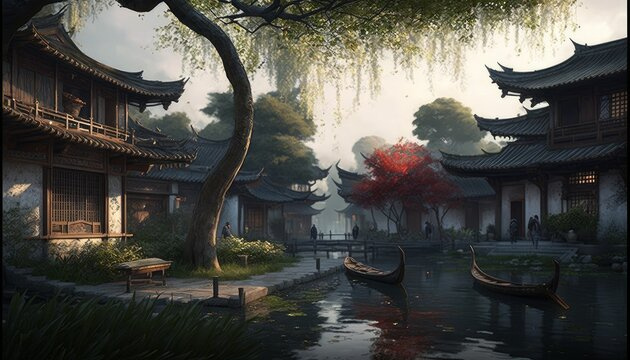
Historic Significnce
Silk Embroidery is an old tradition in China. It is estimated to have started ever since the domestication of silkworms which was approximately around 5000 years ago. The Silk Road was crucial to its diffusion and spread across the Chinese empire. During the Han dynasty, many women learned to embroider and were hired to create embroidery pieces for the noble. Many of the lower-class people were not able to afford high quality silk embroidery. It could therefore be concluded that silk embroidery most likely represented the high status of those that could afford it.
Eventually, silk embroidering techniques and skills greatly transformed, and embroiderers incorporated meaningful designs or patterns into their fabrics. For instance, auspicious words, various creatures, flowers, and elements of nature were often sewed. Additionally, in the Tang Dynasty, when religions such as Buddhism became prominent, many of its features would be embodied in the character and detail of embroidery as well. One example of religion influencing the works of embroidery is the Buddhist sutra being discovered on an embroidered piece of silk, believed to have dated back to the Tang Dynasty and sewed by a court maiden named Lu Meiniang.
Transitioning into the Song Dynasty, embroidery was fused together with calligraphy and painting. At this point in time, embroidery was highly sought-after. The invention of new tools and threading techniques allowed artisans and embroiders to freely design. Throughout the Yuan and Ming Dynasties, embroidery continued to prosper and be well-received. It was utilized in the design of numerous commodities and objects. Later, amid the Qing Dynasty, embroidery acquired components of both Western and Japanese culture. In the time of the Republic era of China, embroidery gradually faltered because most of China’s population was struggling in the country’s poor economic situation.
The routes of the Silk Road were extremely crucial to the transmission and spread of embroidered silk. Not only was embroidered silk traded and shared among travelers on the Silk Road, but there were also new ideas and technological innovations that were exchanged. These handicrafts were very valuable to fellow civilians, and as they were spread new designs were also created. A textile with ancient Chinese roots, silk is constructed from the protein fibers that silkworms generate when they spin their cocoons.
In fact, the method to creating silk was kept a secret by the Chinese for thousands of years, and one could be punished if they disclosed the process to foreigners. Later, silk was brought to the Roman Empire and became a significant part of their civilization. Thus, imperial edicts were issued to regulate the silk and additional trading routes were created for the purpose of its transportation. Eventually, outside of China, nations like India, Japan, and the Persian Empire learned how to make silk. Thanks to developments in shipbuilding, astronomy, and navigation, long-distance sea travel has become increasingly possible.
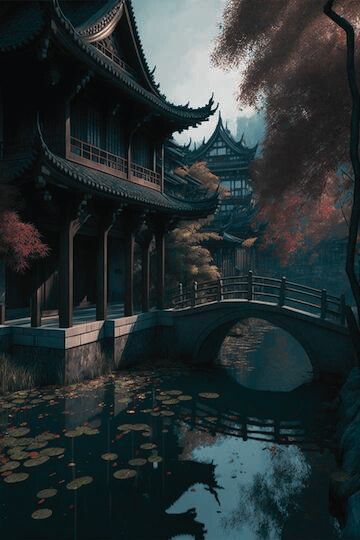
Impact Towards Personal Identity
Embroidery is represented all throughout the Miao’s people culture and history. Historical evidence shows that the ancestors of the Miaos lived as far back as the Warring States period. There was a book called “The Book of Han” which suggested their origins. Despite not having their own language, the Miaos have utilized embroidery to take records and document their own accounts of events.
Embroidery was tremendously significant in the lives of Miao women. Young girls learned how to thread and sew through their mothers, it was a lifelong study and practice. There are a variety of threading patterns, each unique with great visual detail and imagery. Embroidery is a traditional handicraft to the Miao ethnic group that has been passed from generation to generation. Sources of inspiration for their works emerge from traditional Miao music and legends. Miao women tend to categorize their different colors of threads into the pages of a book in order to make it efficient and quicker to find.
When Christian missionaries came to them in the 20th century and distributed bibles, the women didn’t read them but used the bible pages to store their threads. One style of needlework was called the Poxian, it was a customary practice to split a single thread into multiple finer strands. It could become as thin as one-sixteenth of the original strand. They would lubricate the strands with soft wax stuffed between a green leaf. This helped make their embroidered work look more sophisticated with higher quality. A frequently used motif in their embroidery was a maple tree known as the “Mother Tree,” which typically stood in the middle of every Miao village. Stories about the butterfly also made butterflies a special symbol. Swirling waves, fishes, dragons, and flowers were a few other noteworthy motifs.
Embroidery is represented all throughout the Miao’s people culture and history. Historical evidence shows that the ancestors of the Miaos lived as far back as the Warring States period. There was a book called “The Book of Han” which suggested their origins. Despite not having their own language, the Miaos have utilized embroidery to take records and document their own accounts of events.
Embroidery was tremendously significant in the lives of Miao women. Young girls learned how to thread and sew through their mothers, it was a lifelong study and practice. There are a variety of threading patterns, each unique with great visual detail and imagery. Embroidery is a traditional handicraft to the Miao ethnic group that has been passed from generation to generation. Sources of inspiration for their works emerge from traditional Miao music and legends. Miao women tend to categorize their different colors of threads into the pages of a book in order to make it efficient and quicker to find.
When Christian missionaries came to them in the 20th century and distributed bibles, the women didn’t read them but used the bible pages to store their threads. One style of needlework was called the Poxian, it was a customary practice to split a single thread into multiple finer strands. It could become as thin as one-sixteenth of the original strand. They would lubricate the strands with soft wax stuffed between a green leaf. This helped make their embroidered work look more sophisticated with higher quality. A frequently used motif in their embroidery was a maple tree known as the “Mother Tree,” which typically stood in the middle of every Miao village. Stories about the butterfly also made butterflies a special symbol. Swirling waves, fishes, dragons, and flowers were a few other noteworthy motifs.
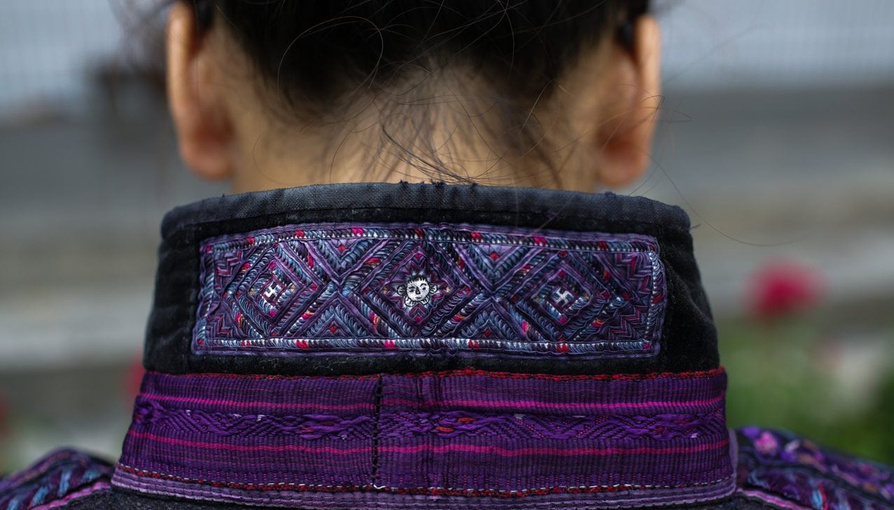
An image that displays Miao embroidery on a collar, its geometric patterns can be seen.
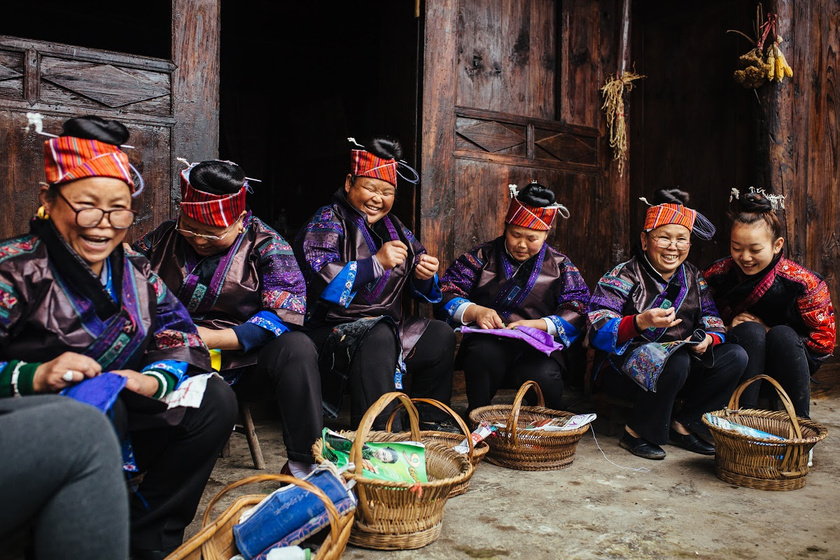
A group of Miao women happily embroidering together which has been a continuity throughout previous generations.
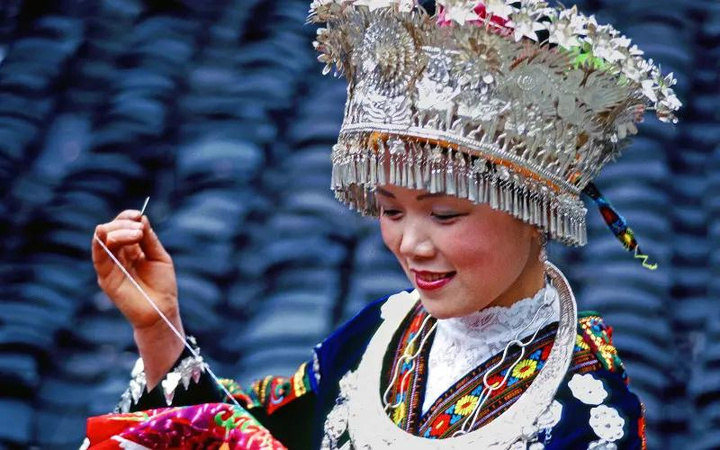
An intriguing photo that captures a Miao woman in her traditional wear and working on her piece of embroidery.
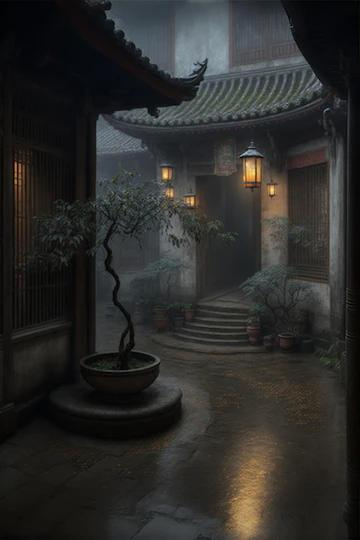
Xue Jindi
Xue Jindi is a well-known Chinese embroiderer. She is a part of a family of Su embroiderers. Her works are inspired by classical Chinese paintings. Since the early 2000s, her area of expertise has been in reproducing paintings made by scholars. She is a recipient of China’s highest arts and craft honors. In 2013, she became the first Chinese embroiderer whose work was displayed at the Louvre in Paris. She spent 15 years creating her piece, "Ladies of the Imperial Court," which consists of 12 panels. The 12 frames each depict a different month of the year's court life. Even the simplest works, according to Xue Jindi, require a lot of time and take at least a month.
Watch this video narrated by Zhang Xue, Xue Jindi's son:
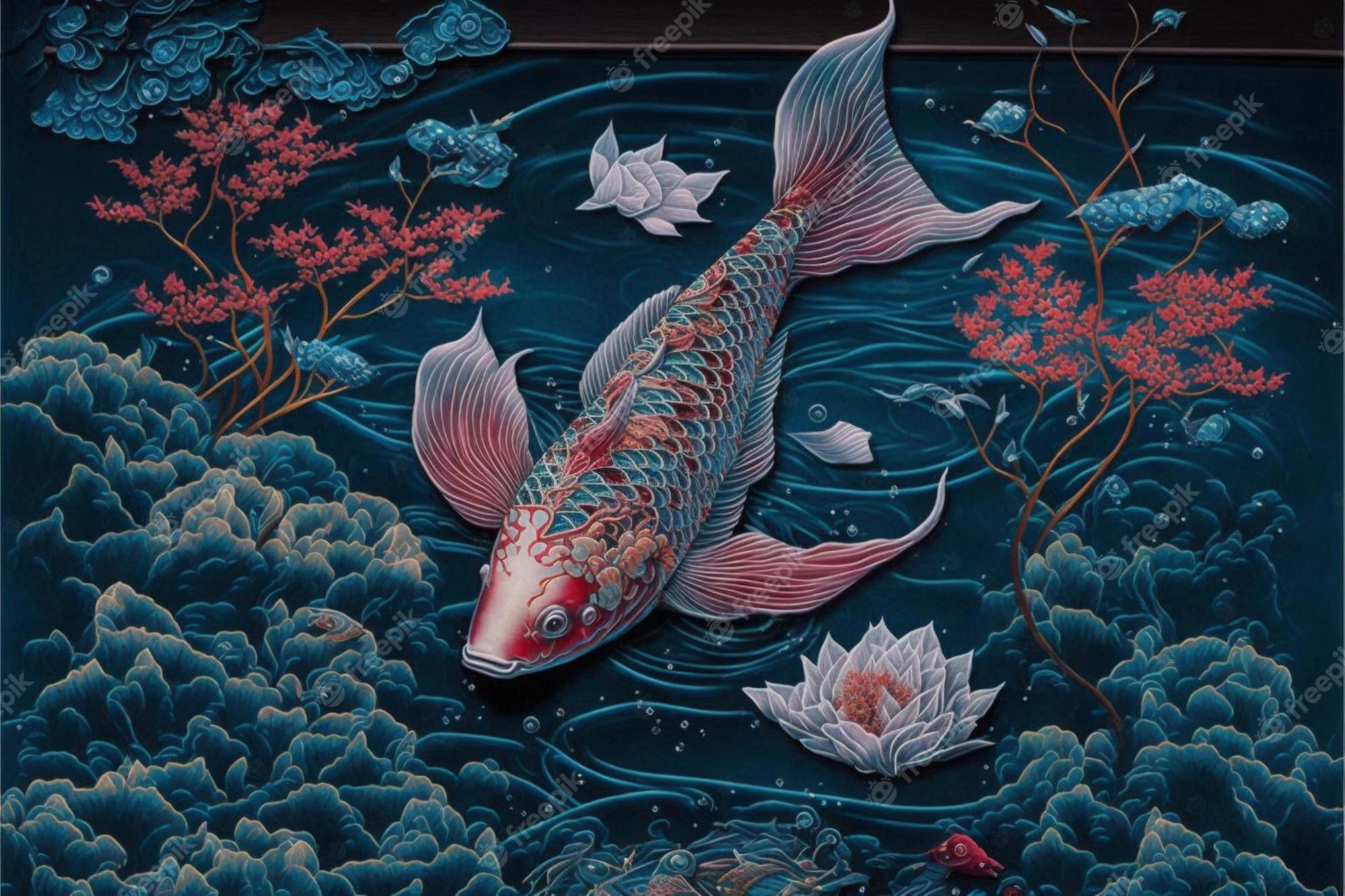
The Fading Tradition of Chinese Embroidery
The Fading Tradition of Chinese Embroidery
Traditional Chinese embroidery faces many risks in the modern era because Western styles tend to dominate our society today. The political situation in China has also influenced embroidery in a variety of ways and has limited its growth and spread. The Sino-Japanese War in 1937 damaged many embroidery shops and embroidery pieces. Embroidery faced more troubles during the Chinese Cultural Revolution in which the Communist Party chose to replace old customs to "socially purify” the arts. The government criticized traditional embroidery and soon its production went to an all-time low.
Traditional Chinese embroidery faces many risks in the modern era because Western styles tend to dominate our society today. The political situation in China has also influenced embroidery in a variety of ways and has limited its growth and spread. The Sino-Japanese War in 1937 damaged many embroidery shops and embroidery pieces. Embroidery faced more troubles during the Chinese Cultural Revolution in which the Communist Party chose to replace old customs to "socially purify” the arts. The government criticized traditional embroidery and soon its production went to an all-time low.
Implementation into Modern Fashion
Implementation into Modern Fashion
In today’s fashion world, many clothing designers have learned how to incorporate new fashion technology and trends with traditional designs and techniques. Hand embroidery is frequently utilized in high fashion to form intricate images and symbols which in China can reflect a variety of meanings. Embroidery is typically seen in haute couture fashion but not our typical day-to-day clothing because of the amount of time and energy it takes to complete an embroidery, which hence can’t be done on a large scale of production. The Oriental style has been commonly used as a source of inspiration for foreign designers. For example, John Galliano, a Dior designer, utilizes traditional embroidered flowers to create a perfect blend of western and Chinese elements in his clothing. Despite its limitations with time and costs, embroidery is still embraced by the public due to its excellent handiwork and artisanship. The surge in fashion consumption will hopefully lead to recognition of China’s artistic value with clothing design. An increase in the application of traditional embroidery will ultimately enhance the value of international fashion attributes.
In today’s fashion world, many clothing designers have learned how to incorporate new fashion technology and trends with traditional designs and techniques. Hand embroidery is frequently utilized in high fashion to form intricate images and symbols which in China can reflect a variety of meanings. Embroidery is typically seen in haute couture fashion but not our typical day-to-day clothing because of the amount of time and energy it takes to complete an embroidery, which hence can’t be done on a large scale of production. The Oriental style has been commonly used as a source of inspiration for foreign designers. For example, John Galliano, a Dior designer, utilizes traditional embroidered flowers to create a perfect blend of western and Chinese elements in his clothing. Despite its limitations with time and costs, embroidery is still embraced by the public due to its excellent handiwork and artisanship. The surge in fashion consumption will hopefully lead to recognition of China’s artistic value with clothing design. An increase in the application of traditional embroidery will ultimately enhance the value of international fashion attributes.

Scan this QR Code to experience the China Silk Museum's online exhibition.
Scan this QR Code to experience the China Silk Museum's online exhibition.
Attire & Garments
Prior to the Tang dynasty (618–906), embroidery was primarily utilized to adorn clothing and other items. It was additionally employed in calligraphy and paintings starting in the Tang Dynasty. During the Han Dynasty, embroidery was being made by workers within the palace and a state office was put into place to control its production. From that point forward, embroidery evolved into one of the most sophisticated arts practiced by ladies of the court. Consequently, renowned embroiderers started to hold a central role within the palace.
The most noticeable and ornamented clothing was the robe. Robes were customarily constructed from silk and decorated with a diverse array of embroidered symbols in addition to glamorous color schemes and fine stitching. The Qing's (Manchus) were horse enthusiasts; hence an abundance of their clothes was created with the purpose of riding in mind. The imperial wardrobe was divided into three categories: regular, court, and ceremonial.
According to a rumored decree passed by the legendary Yellow Emperor, the emperor claimed ownership to the color yellow and forbade his citizens from using the shade in their attire starting throughout the Sui dynasty (581-618 A.D.). "Belts, ceremonial hats, regular hats, hairpins, headdress ornaments, bracelets, thumb rings, fragrance pouches, purses, watches, rosaries" were among the accessories worn by the imperial court. The quantity of peacock feathers on their hats, the embroidered elements on their garments, and the amount of valuable materials they were permitted to wear served as indicators and distinguished the standings of courtiers and bureaucrats.
politics
The Spring and Autumn period (770-476 BC) are said to be the approximate time period that Suzhou embroidery arose. Within clothing and other household goods, the embroideries were used as mild decorative elements. During the Han Dynasty, embroidery in Suzhou reached its peak, and in the subsequent Three Kingdoms era, it started to gain prominence. Consequently, the Wu Kingdom emperor ordered a complex, silk embroidered "Map of the Kingdoms," which displayed the age's most sophisticated embroidery techniques.
The development of embroidery during the Song and Ming dynasties coincided with the widespread adoption of silkworm farming by households, which aided in the expansion of Suzhou. The imperial family valued Suzhou's embroideries, which earned the city the title "City of Embroidery." 65 specialized embroidery workshops were in operation in Suzhou at the time, producing a diverse range of embroidered goods in conjunction to royal commissions.
The early 1900s saw the collapse of the Qing dynasty and the ensuing conflict within Chinese civilization, which had a disastrous effect on the embroidery market. The promotion of Suzhou embroidery courses to rural women were used in an attempt to reconstruct the craft after 1949 and the establishment of the People's Republic of China. Unfortunately, these efforts were in vain due to the Cultural Revolution, which prevented the development of traditional fine arts in the goal of modernizing the country. Suzhou embroidery and other handicrafts have gradually come back into fashion since China began to reopen to the outside world.
Fashion Works by Guo Pei
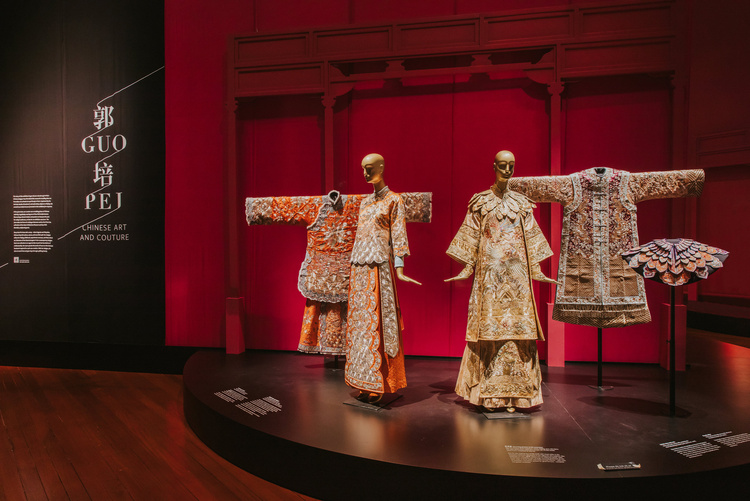
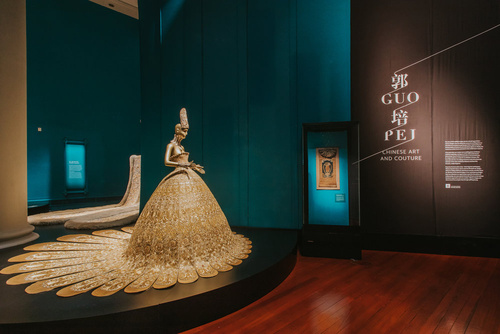
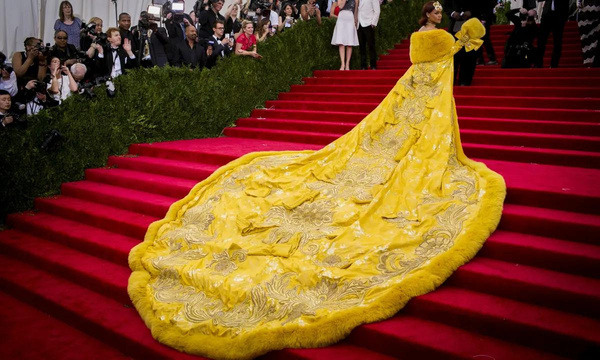
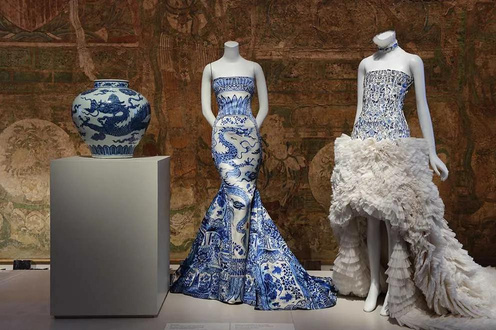
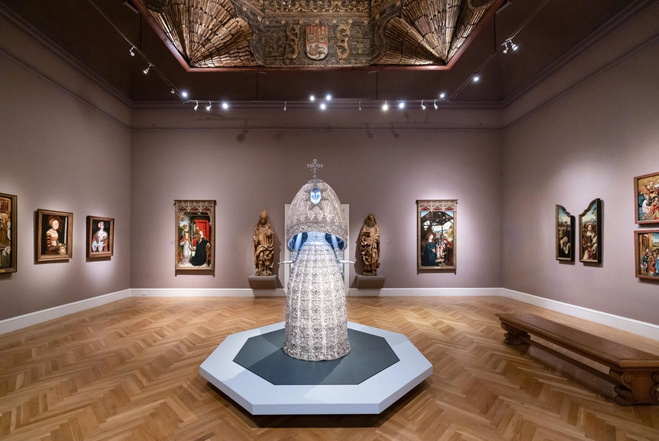
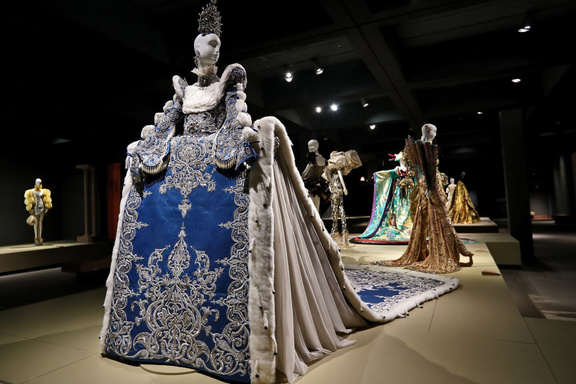
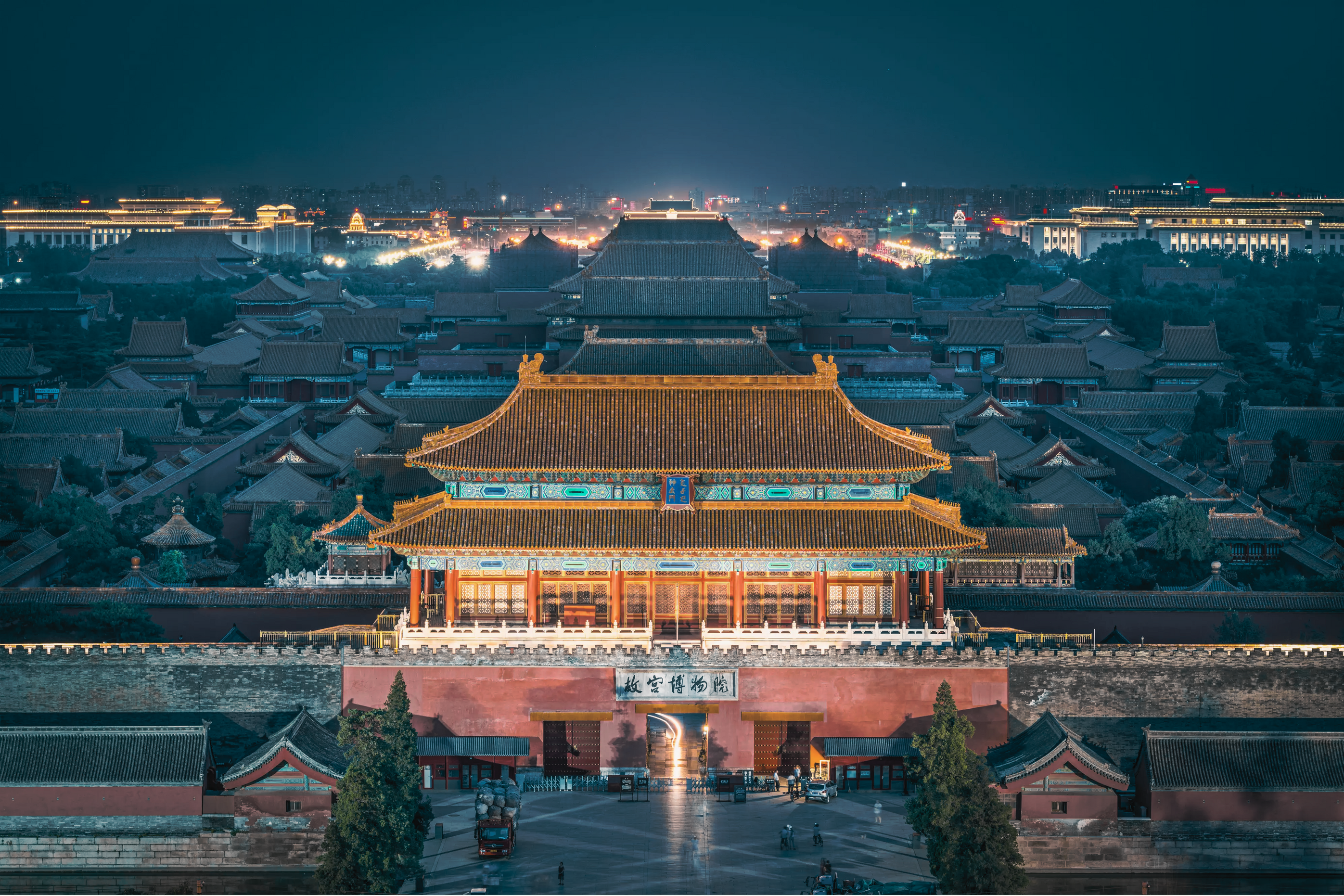
Influence on Civilization
The records of ancient emperors, generals, and premiers have been utilized in numerous recent Chinese films and TV dramas. The costumes in these movies are a significant aspect that has garnered a lot of attention from viewers. The emperor costumes' coiling dragon images are magnificent and display their power. Military and civilian officials wear clothing with intricate and beautiful prints of flying birds and running wild creatures. Palace embroidery tradition has had a massive impact on Beijing embroidery (jingxiu). Beijing has been a city for 3000 years, and it has served as the capital for 800 years. Beijing was designated as the capital city in the dynasties of the Liao, Jin, Yuan, Ming, and Qing. Beijing put in place its first embroidery school (xiuyuan) during the Liao Dynasty, primarily to produce palace costumes. Beijing embroidery (Jingxiu) flourished amidst the Ming and Qing Dynasties.
In that period, palace embroidery was classy, made with carefully chosen materials, and assembled with expertise. The designs of palace embroidery arts also had a tremendous effect on high-end folk embroidery. Palace embroidery arts gained prominence in Beijing throughout the Qing dynasty. In the latter years of the Qing Dynasty, Beijing saw the establishment of countless embroidery shops. Beijing embroidery was developed and affluent due to the large demands for costumes in the numerous royal courts. The intellect and capabilities of the ancient Chinese are exemplified in Beijing embroidery. Beijing embroidery originated in North China and had a distinctive style from South Chinese folk embroidery. Jingxiu is renowned for its grandeur, exquisite hues, and lavish royal features. These delicate embellishments can reveal the wearers' high prestige and spiritual aspirations. The artisans prefer to manually divide chosen threads into thinner threads. Palace embroidery came to its end after the early 20th century fall of China's feudal empire system. Because of this, Jingxiu artisans left the palace and circulated their knowledge across all of society. Palace embroidery's artistic configuration ultimately had a long-lasting contribution on Chinese civilization.
Take a look at the Forbidden City located in Beijing, China. After its completion in 1420, the Forbidden City was home to 24 emperors, their families and servants during the Ming (1368–1644) and the Qing (1644–1911) dynasties. Since 1925, the Forbidden City has been under the charge of the Palace Museum, whose extensive collection of artwork and artifacts were built upon the imperial collections of the Ming and Qing dynasties.
Works Cited
Chen, Yugang. “The Influence of Chinese Folk Embroidery of Modern Fashion Design.” Advances in Social Science, Education and Humanities Research, vol. 85, 2016, doi:10.2991/msetasse-16.2016.26.
“China Attempts to Save Traditional Art of Su Embroidery.” YouTube, CGTN, 12 June 2018, www.youtube.com/watch?v=A5NgNZk-zvs&t=118s.
Damm, Janice. “A Little History about Chinese Embroidery.” Bird City Fabrics, 4 July 2015, https://www.birdcityfabrics.com/a-little-history-about-chinese-embroidery/.
“Feel of China: Beijing Embroidery Is a Royal Fine Art Slipping out of the Palace Gate.” YouTube, YouTube, 17 June 2020, www.youtube.com/watch?v=dOW-wEXzGkM.
Hays, Jeffrey. “Chinese Embroidery, Tapestries and Imperial Clothing.” Facts and Details, factsanddetails.com/china/cat7/sub40/entry-7588.html.
“Introduction of Chinese Suzhou Embroidery (Su Embroidery).” Real In Shanghai, RISH Studio, 12 Feb. 2023, www.realinshanghai.com/introduction-chinese-suzhou-embroidery-su-embroidery/
“Living Threads: Revitalizing Indigenous Embroidery in Rural China.” Living Threads, www.youtube.com/watch?v=R9iwISJB8io.
“Master of Su Embroidery Xue Jindi.” YouTube, CGTN Inheritors, 15 June 2022, www.youtube.com/watch?v=7JNF1ILVH-0.
“Miao Intangible Cultural Heritage -- Embroidery.” Google Arts & Culture, Museum of Ethnic Cultures, Minzu University of China, https://artsandculture.google.com/story/miao-intangible-cultural-heritage-%E2%80%94%E2%80%94-embroidery-nationalities-museum-central-university-for-nationalities-%E4%B8%AD%E5%A4%AE%E6%B0%91%E6%97%8F%E5%A4%A7%E5%AD%A6%E6%B0%91%E6%97%8F%E5%8D%9A%E7%89%A9%E9%A6%86/dgUBcd0xLHcsKg?hl=en.
Soyim. “Masterpieces of Su Embroidery - Google Arts & Culture.” Google Arts & Culture, Google, artsandculture.google.com/story/masterpieces-of-su-embroidery-soyim/hQURUJ1O1Nv1LA?hl=en.
“The Art of Time: When Embroidery Goes through Fashion.” China National Silk Museum, www.museum24h.com/360/shijiandeyishu/.
Zhang, Que. “The Future of a Fading Chinese Tradition — Hunan Embroidery.” IOSR Journal of Humanities and Social Science, vol. 12, no. 5, 2013, pp. 97–106., doi:10.9790/0837-12597106.
Zhaowen, Guo. “About the Silk Roads.” UNESCO, UNESCO, en.unesco.org/silkroad/about-silk-roads.